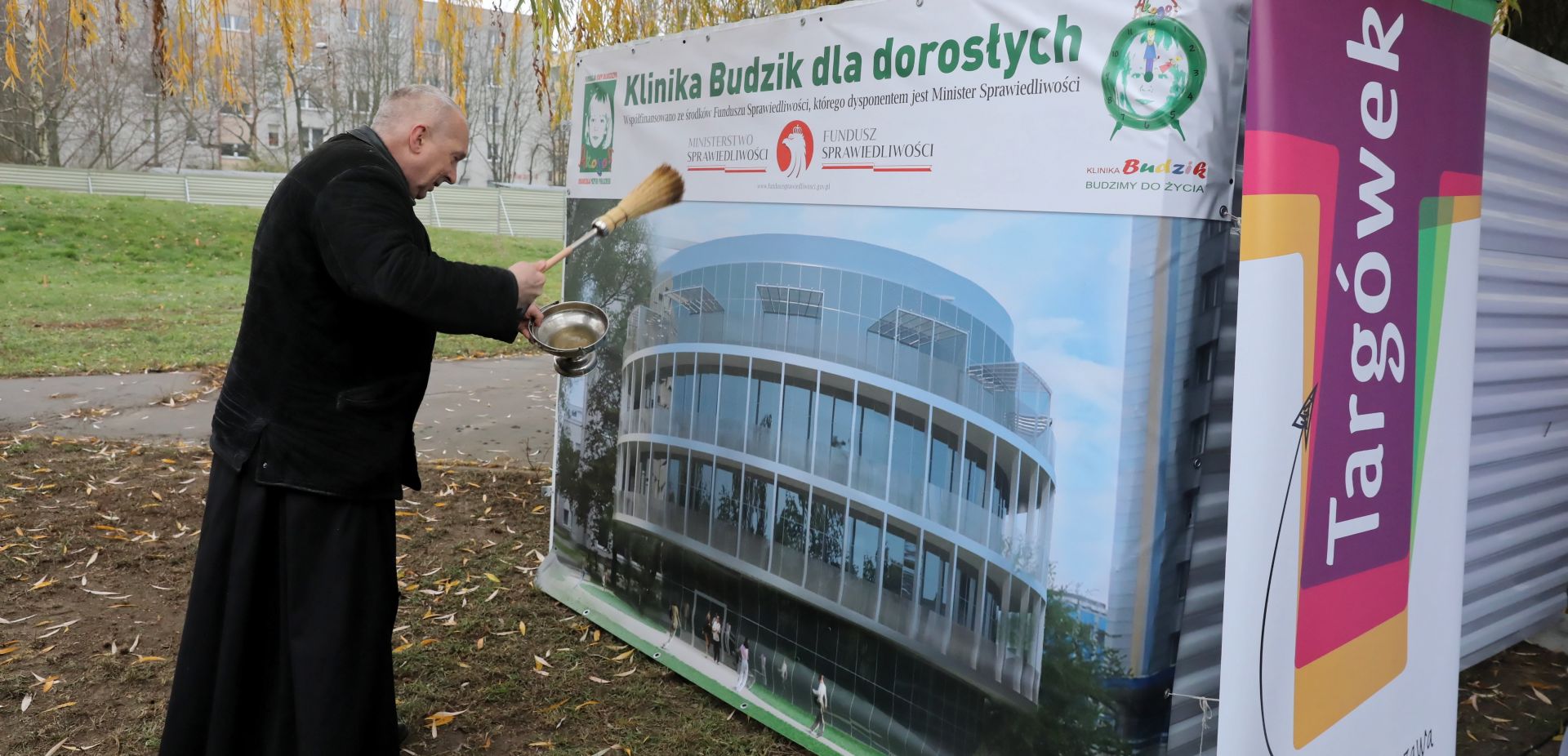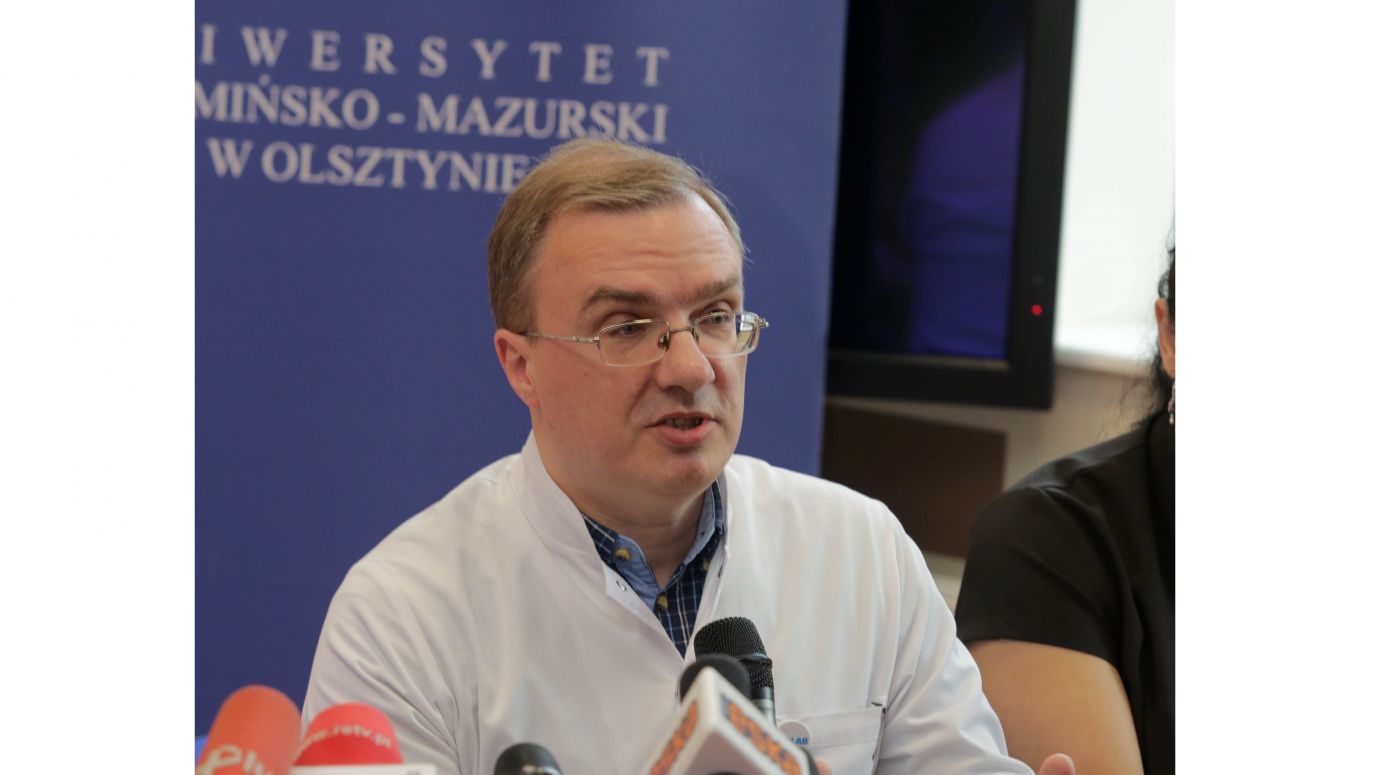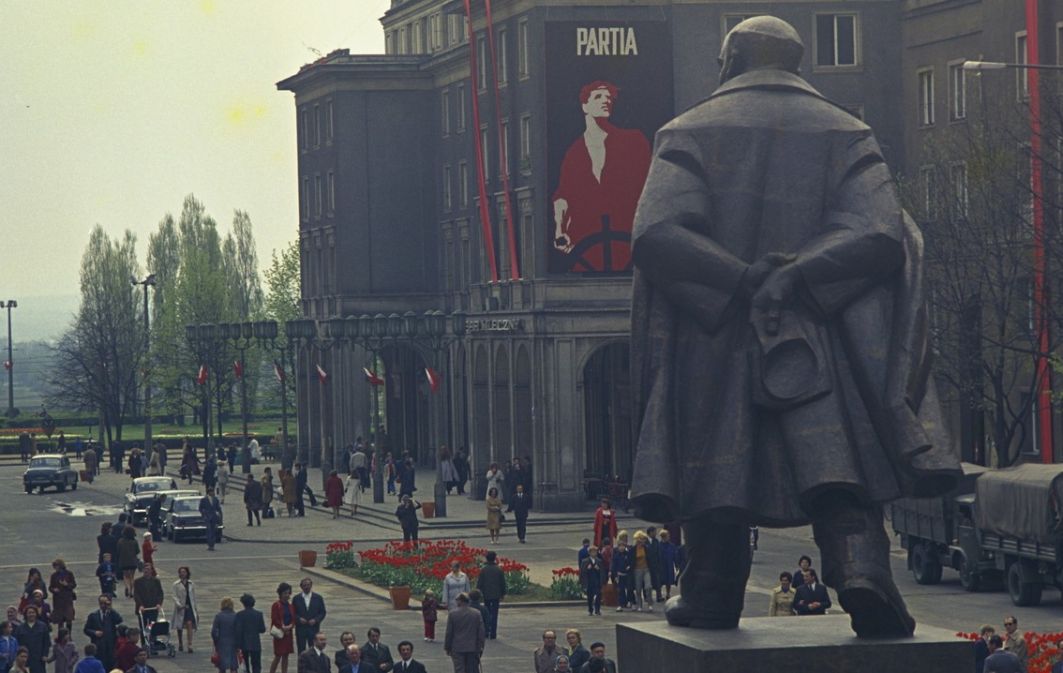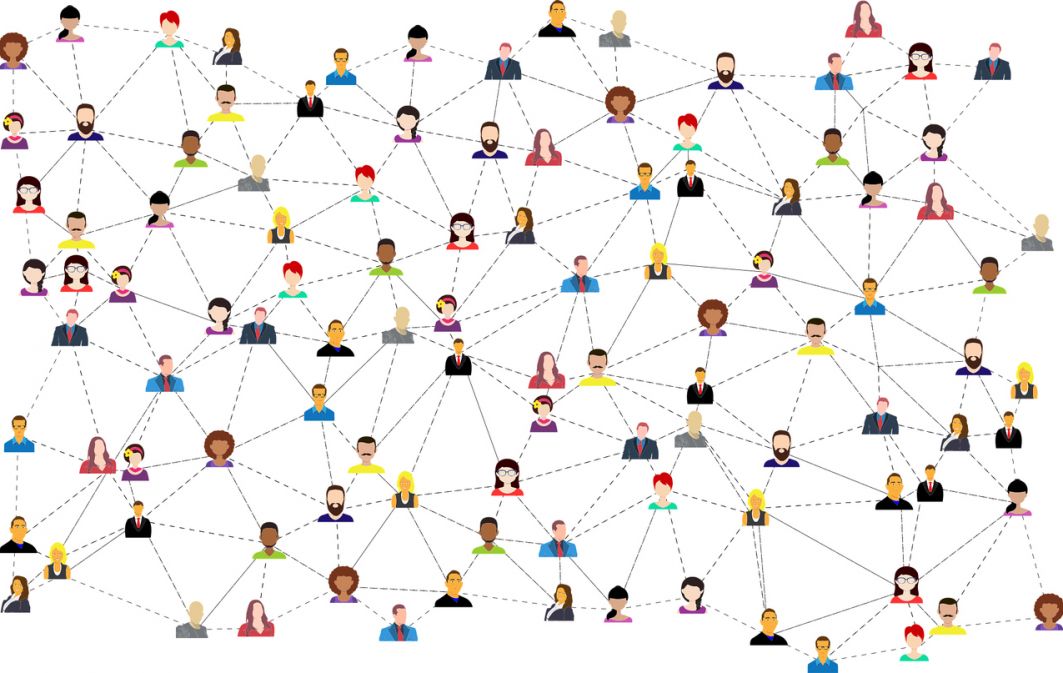TVP WEEKLY: What does the process of coming out of a coma look like?
PIOTR SIWIK The term “coma” can be misleading. Most of our patients are conscious, with their eyes open, and at the same time we are unable to confirm that they are aware of their environment. They don’t react to what’s happening around them; they are unable to track with their sight. Brain injuries or their atraumatic damage, such as ischemic or hemorrhagic, can cause a lot of damage to the brain, and at the same time the loss of its various functions.
At the very beginning, we are not always able to accurately diagnose how serious the damage is. It happens that after the first tomography or magnetic resonance of the head, we can guess at how much the brain has been damaged and that the patient’s prognosis is not very good. Meanwhile, after a few months, we are shocked when they regain consciousness and return, more or less, to fitness and independence. In turn, sometimes we have the impression that the damage isn’t very serious and the patient should “hit the ground running” but their condition doesn’t improve for many months.
In the case of a lot of patients who find themselves in a coma after neurological injuries, standard rehabilitation lasting several weeks or months is insufficient. Often, the patient’s state of consciousness begins to improve after many months of systematic rehabilitation. As a result of this observation, “waking” units appeared.
As for the process itself, it’s very important to recognize, through a so-called communicator, whether the patient is in contact with the environment. In Olsztyn’s “Waking Center”, we use “cyber eyes”, that is C-Eye devices that contain an eyeball tracking system. In the past, in order to communicate with the patient, to find a common code with them, simple tables with the alphabet were used. It was very tedious. However, communication with the patient has been computerized. The C-Eye device (developed 10-15 years ago) has been widely used commercially for about 6-7 years.
What is this device?
This is a screen equipped with cameras with “eye-tracking” functionality, so, following the movement of the eyeballs. Our questions, suggestions, various words, pictograms, images and videos are displayed on it. If the patient reacts, for example by expressing emotions at the sight of an image related to his family life, we have a signal that they understand us and are conscious. Of course, we aren’t able to precisely measure the degree of consciousness, but it's a very helpful device. It is diagnostic on the one hand and therapeutic on the other.
Therapeutic, so it stimulates brain activity?
Yes, the brain controls various functions: cognitive, sensory and motor, which we can exercise. We also stimulate the brain by affecting receptors on and under the skin, as well as in tendons, muscles and fascia, for example, through special vibration platforms.
How do they work?
The platform we use was originally intended for astronauts. It was supposed to help them regain fitness, fine motor movement and muscle mass, because the force of gravity to which astronauts are subject to adversely affects the skeletal and muscular system. Although it was primarily intended for able-bodied people and athletes, it can also be used (to a limited extent) in the process of coming out of a coma or for broadly-understood rehabilitation.
 SIGN UP TO OUR PAGE
SIGN UP TO OUR PAGE 
When it comes to its use, it’s attached to a verticalizing platform, which we place the patient on, and then gradually move it to an upright position. Their legs rest on the vibrating platform. Then, the appropriate frequency, amplitude, intensity and time of vibration are selected, which stimulates the locomotor and nervous systems.
What role do speech therapists play in the recovery process?
We not only communicate with patients by eye movement, but also by facial expressions. Speech therapists work with patients on this – they stimulate facial muscles.

 SIGN UP TO OUR PAGE
SIGN UP TO OUR PAGE 






